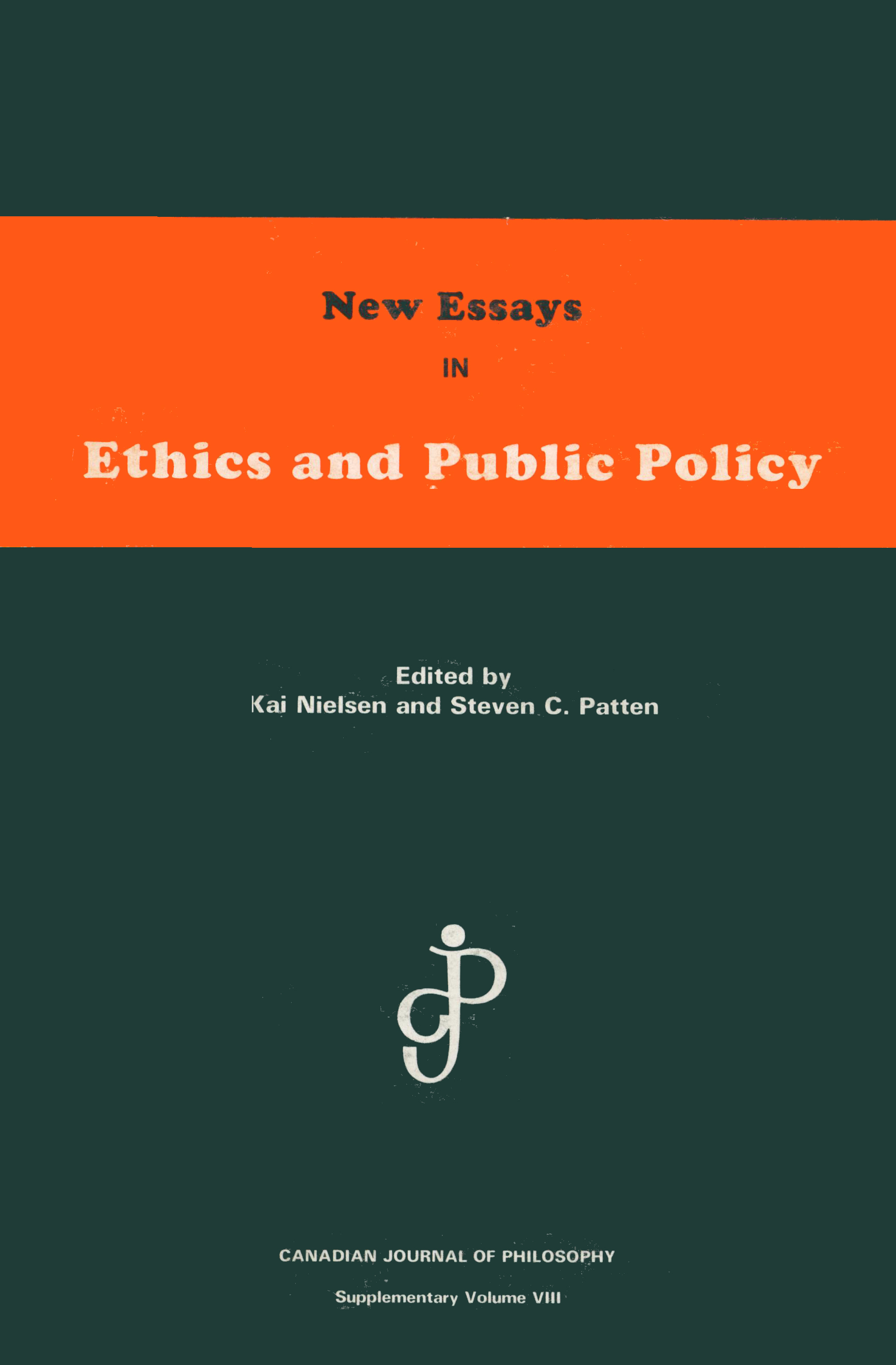Article contents
Amnesia and Psychological Continuity
Published online by Cambridge University Press: 01 January 2020
Extract
Is amnesia the mother of discontinuity? Perhaps surprisingly, amnesia is perfectly compatible with psychological continuity. Think, for example, of David Wiggins’ version of Locke. Wiggins first describes a relation C of strong co-consciousness which gives continuity ‘between person Ptj and person Qtk such that, for some sufficiency of things actually done, witnessed, experienced, … at any time by Ptj, Qtk should later have sufficient real or apparent recollection of then doing, witnessing, experiencing, … them.’ Wiggins continues:
… anyone bent on grasping the nerve of Locke's conception of person would see … that the identity-condition he had to refute was one which made the persistence of person P depend only upon P's being related at each successive phase of his biography in this C-relation to P at each previous phase
- Type
- Research Article
- Information
- Canadian Journal of Philosophy Supplementary Volume , Volume 11: New Essays in Philosophy of Mind Series II , 1985 , pp. 195 - 209
- Copyright
- Copyright © The Authors 1985
References
1 ‘Locke, Butler and the Stream of Consciousness,’ in Rorty, A.O., ed.: The Identities of Persons (Los Angeles: University of California Press 1976). 144.Google Scholar
2 See Iversen, S.D., ‘Temporal Lobe Amnesia’, in Whitty, C.M. and Zangwill, O.L. (eds): Amnesia, 2nd edition (London: Butterworths 1977).Google Scholar
3 Parfit, Derek, ‘Personal Identity and Rationality.’ Synthese 53 (1982), 229.CrossRefGoogle Scholar Alas, I too have been careless in using the terminology of psychological continuity: see my ‘Personal Identity and Personal Survival’, Analysis 41 (1982) 44-50.
4 See his ‘Personal Identity,’ Philosophical Review 80 (1971) 3-27.
5 ‘Survival and Identity,’ in A.O. Rorty, The Identities of Persons
6 See ‘Survival,’ Synthese 59 (1984) 339-61.
7 I hope the conditions, despite the concise form of their introduction here, have a certain obviousness. I give a more detailed account of episodic objects, and of how the conditions work, in my paper ‘Discontinuity and Identity.’ (forthcoming in Nous) However, the conditions first occurred to me by considering the psychological cases: I regard their success in dealing with concrete objects as a confirmation of their general plausibility. In terms of the relative importance of the conditions, I argue in the Synthese paper mentioned in note 6 that structure is more significant than matter: it is perfectly intelligible to suppose that an item can survive a change in matter, so long as certain invariances of overall geometrical structure are preserved. The same is not true in the case where we change the structure and merely preserve an item's original matter.
8 For a conjectured example of a small part of such a structure see the diagram in Daniel Dennett's Brainstorms (Sussex: Harvester Press 1978). 155.
9 Dennett writes: ‘It is an open and theoretical question whether dreams fall inside or outside the boundary of experience,’ Brainstorms, 147.
10 ‘Going Nowhere Fast?’, Analysis 42 (1982), 214.
11 The argument and terminology are from Derek Parfit's book, Reasons and Persons (Oxford: Oxford University Press 1984). I am grateful to him for the opportunity to read part of the book while it was still in draft form.
12 See M.F. Piercy, ‘Experimental Studies of the Organic Amnesic Syndrome’ in Whitty and Zangwill.
13 Or whatever we are supposed to say in such a bizarre case; see Dennett's ‘Where am I?’ in Brainstorms.
14 I have some tentative suggestions on degree of survival in the Synthese paper mentioned in note 6.
- 4
- Cited by


